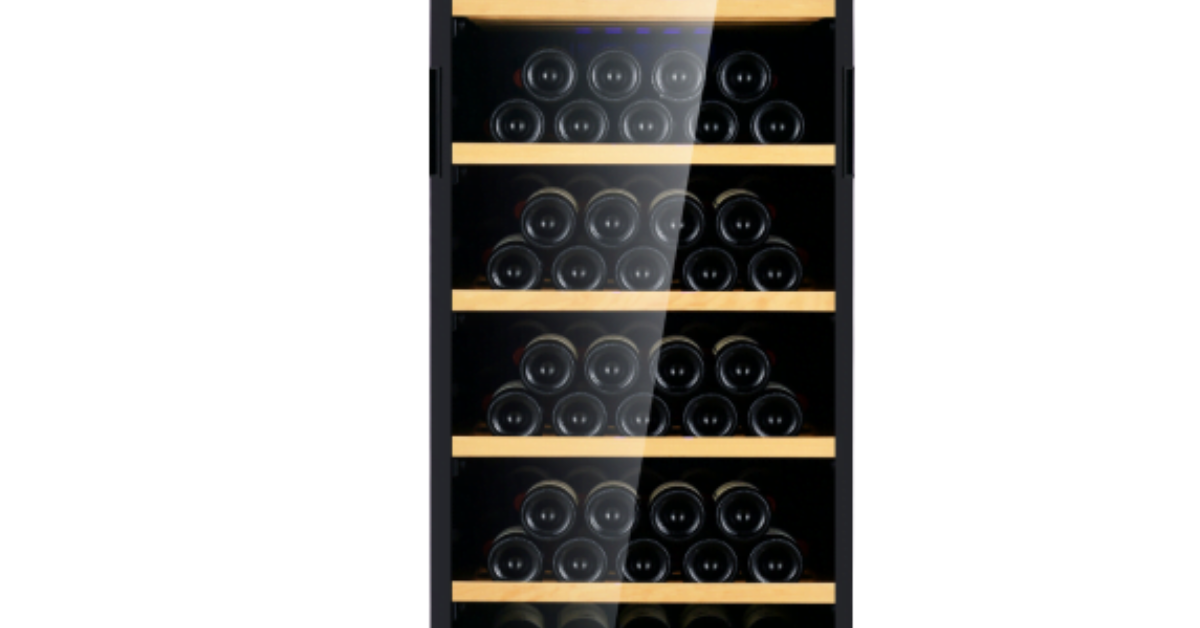The Essential Role of a Wine Fridge in Modern Wine Preservation
In the realm of wine storage, a Wine Fridge is no longer a mere luxury—it has become an essential tool for enthusiasts and collectors alike. When people invest in fine bottles, protecting them from heat, light, and humidity fluctuations becomes crucial. A wine fridge creates a controlled environment that safeguards the flavour, aroma, and longevity of your wines, enabling you to enjoy them at their best. With design aesthetics evolving as rapidly as the technology behind cooling systems, today’s wine fridges combine form and function seamlessly, bridging the gap between an appliance and a statement piece for your space.
Why Use a Wine Fridge?
1. Consistent Temperature Control
Wine is a delicate beverage. Changes in temperature—even by a few degrees—can accelerate ageing or spoil its character. A wine fridge provides a stable temperature environment, typically between 8 °C and 18 °C (46 °F and 65 °F), depending on whether it’s set for white or red wine. Many modern fridges feature dual-zone functionality, allowing different compartments to maintain separate temperatures for red and white wines simultaneously.
2. Proper Humidity Regulation
Corks need a moderate level of humidity (usually between 50% and 80%) to avoid drying out, which would allow wine to oxidize. A wine fridge often includes features to preserve a suitable humidity level—something that ordinary refrigerators fail to manage, since they tend to dry out air inside.
3. Protection Against Light and Vibration
Ultraviolet (UV) light can degrade and “sunburn” wine, altering its delicate flavors. Hence, wine fridges often come with UV-resistant glass doors or solid doors to filter harmful light. Also, vibrations from compressors or external sources can disturb sediments in wine and affect its aging. Premium wine fridges are engineered with vibration-dampening mechanisms to reduce internal movement.
4. Efficient Use of Space & Display Value
Unlike bulky wine cellars, wine fridges are more compact, making them suitable for modern homes. They come in a range of sizes: compact units for casual drinkers, medium ones for moderate collections, and large units for serious connoisseurs. Their aesthetic appeals, from sleek stainless steel to glass-fronted designs, allow them to double as display furniture.
Key Features to Look for When Choosing a Wine Fridge
When selecting the right wine fridge, bear in mind several critical factors:
Storage Capacity & Flexibility: Ensure the model can house your entire current collection with some room to grow. Adjustable shelving helps accommodate bottles of different shapes and sizes.
Temperature Zones: Single-zone units are simpler and cost-effective for storing one type of wine, whereas dual- or multi-zone units are ideal if you frequently switch between reds and whites.
Humidity Control & Sealing: A tight seal and humidity retention are vital. Some advanced models have built-in systems or humidity trays.
UV Protection & Door Design: Look out for doors with UV-filter glass or shaded panels to prevent light damage.
Noise & Vibration Levels: A quiet unit is essential for residential settings. Check spec sheets and user reviews for decibel ratings and vibration features.
Energy Efficiency: Modern wine fridges often use eco-friendly cooling technologies to minimize power draw, reducing operating cost over time.
Integrating a Wine Fridge into Your Space
Built-In vs. Free-Standing
Many wine fridges now come in built-in or flush-mount variants so they can slide smoothly into cabinetry, presenting a clean, integrated look. These are ideal for kitchen or bar setups. On the other hand, free-standing units offer flexibility of placement and are easier to relocate. Consider ventilation needs—built-in models often require front or bottom ventilation, while free-standing units can often dissipate heat from the back.
Placement Tips
Avoid direct sunlight or sources of heat (e.g. radiators, ovens).
Leave sufficient clearance around the unit for ventilation.
Place the fridge on a stable, level surface to maintain interior equilibrium.
Maintaining Your Wine Fridge
To ensure longevity and optimal performance:
Clean interior and seals periodically to prevent mold or odors.
Check humidity levels if your unit has a monitoring system, or use external hygrometers if not.
Avoid overloading; leave space between bottles to allow air circulation.
Allow rest after moving before plugging in—to let internal mechanisms settle.
The Benefits: From Casual Enjoyment to Serious Collecting
For the casual wine lover, a wine fridge means having a ready-to-serve collection at ideal temperatures. No more chasing ice buckets or juggling bottles between cooling and serving. For serious collectors, long-term preservation is the priority. A quality wine fridge slows down aging, keeps sediments intact, and protects the wine’s integrity over time. In both cases, it adds to the ambiance of your home and highlights your commitment to wine.
Challenges and Considerations
Initial Cost: High-end wine fridges are an investment. But the benefits of preserving expensive bottles usually outweigh the cost.
Power Consumption: While many models are efficient, continuous operation does incur electricity costs.
Capacity Limits: Unless you’re building a full cellar, a wine fridge can’t match the storage volume of underground cellars.
Repairs and Parts: Be sure that replacement parts (e.g. shelves, compressors) are accessible in your region.
Future Trends in Wine Fridge Technology
Innovation continues in this space. Some emerging trends include:
Smart Controls and Connectivity: Wi-Fi or smartphone-enabled control systems now enable remote monitoring and alerts.
Advanced Cooling Methods: More eco-friendly refrigerants and improved compressor technology reduce vibration and power usage.
Modular Designs: Units that can be stacked or customized allow expansion of wine storage as your collection grows.
Aesthetic Customization: From customizable fascia and finishes to LED lighting inside, fridges are becoming design elements in their own right.
Conclusion
A wine fridge is a pivotal investment for anyone serious about wine enjoyment and preservation. It offers the stability, protection, and convenience that ordinary refrigeration cannot. Whether for short-term chilling or long-term aging, the right wine fridge will enhance your experience and protect your collection. As consumers continue to demand both beauty and function, wine fridges are evolving to become integral parts of a refined lifestyle—where tradition, technology, and taste come together in perfect harmony.







